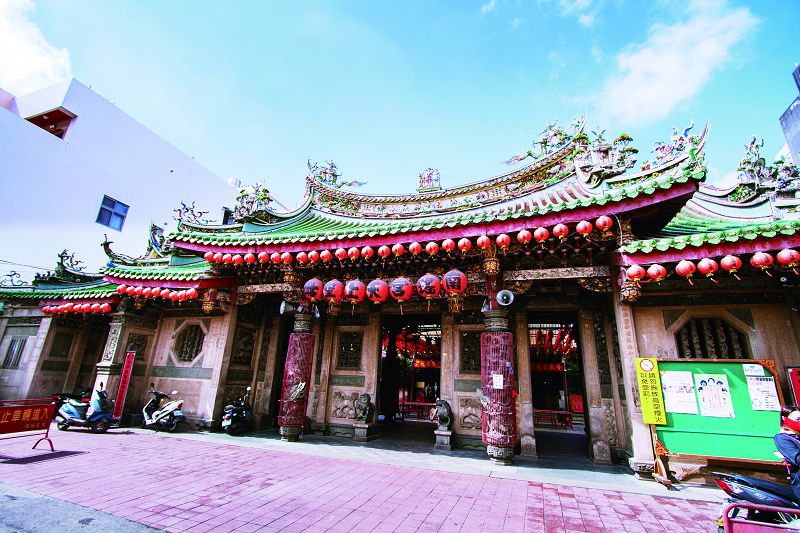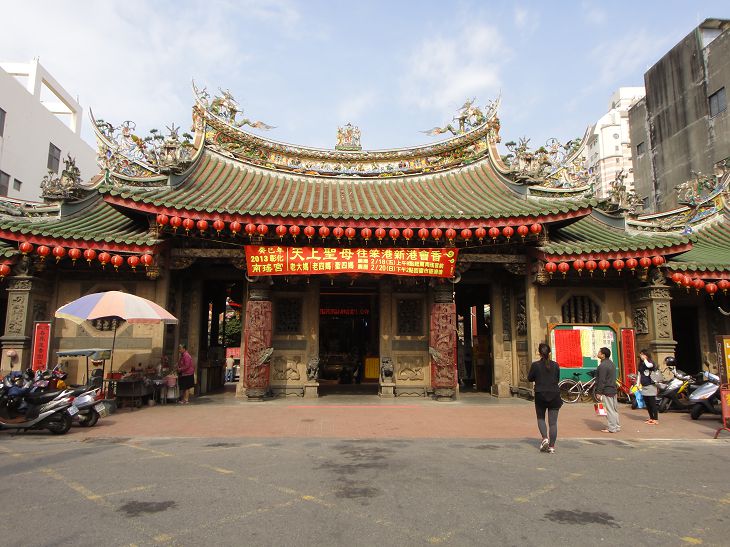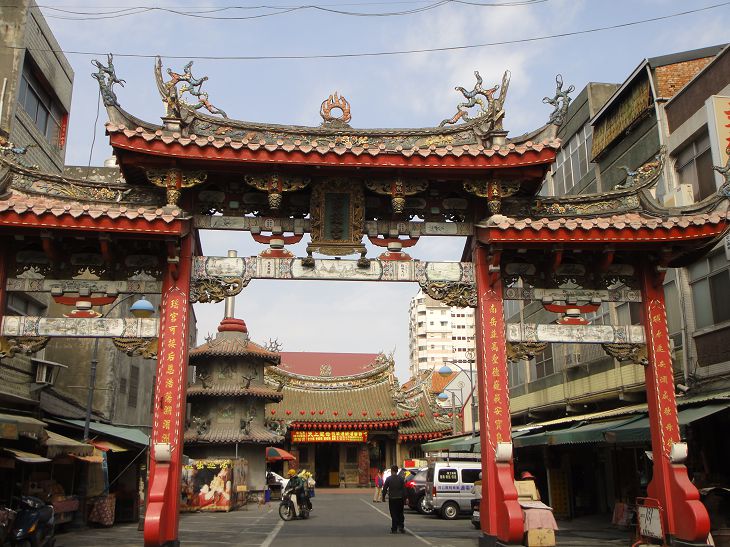Attraction sites特色
Nanyao Temple, located outside of the capital city's south gate, is also known as the outer city Mazu. Changhua County was established in the first year of Yongzheng Period Qing Dynasty, but the city construction was not completed until the Qianlong Period. At the time, a pottery worker from Benggang, named Yang Chien, brought an emblem of Benggang Tianhou Temple (Mazu Temple) and hung the emblem at the current temple site while he was working. Residents in the area claimed that they saw bright light shooting into the sky at nighttime and began to seek the source of the light. Finally, they found that the light was emitted from the emblem of the Holy Mother of Heaven and believed that the sighting was a miracle. Thus, the local gentry initiated to raise funds for construction of a temple. Construction of the temple was completed in Qianlong 3 Qing Dynasty, and it was initially named as Mazu Temple. In November of the same year, when construction of the main hall was planned, the temple was renamed as Nanyao Temple. Continuous construction lasted through the Daoguang and Tongzhi Periods to achieve today's grandeur. Nanyao Temple was originally designed as a two-tier structure, and the third tier was added in the Japanese Colonial Period. The temple has over two hundred years of history.

Residents in the area claimed that they saw bright light shooting into the sky at nighttime and began to seek the source of the light. Finally, they found that the light was emitted from the emblem of the Holy Mother of Heaven and believed that the sighting was a miracle. Thus, the local gentry initiated to raise funds for construction of a temple. Construction of the temple was completed in Qianlong 3 Qing Dynasty, and it was initially named as Mazu Temple. In November of the same year, when construction of the main hall was planned, the temple was renamed as Nanyao Temple.
Continuous construction lasted through the Daoguang and Tongzhi Periods to achieve today's grandeur. Nanyao Temple was originally designed as a two-tier structure, and the third tier was added in the Japanese Colonial Period. The temple has over two hundred years of history.





